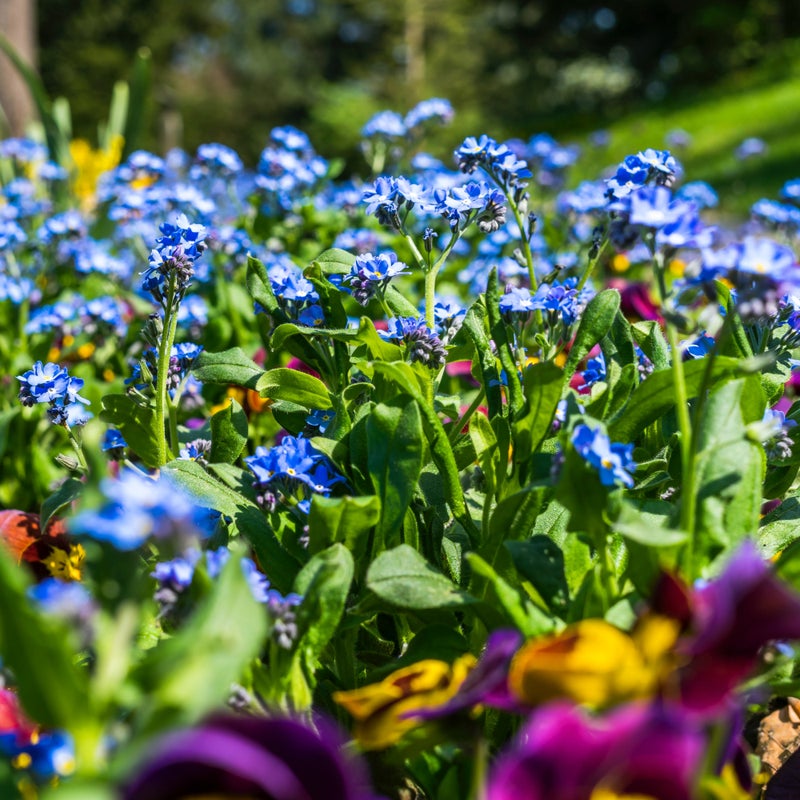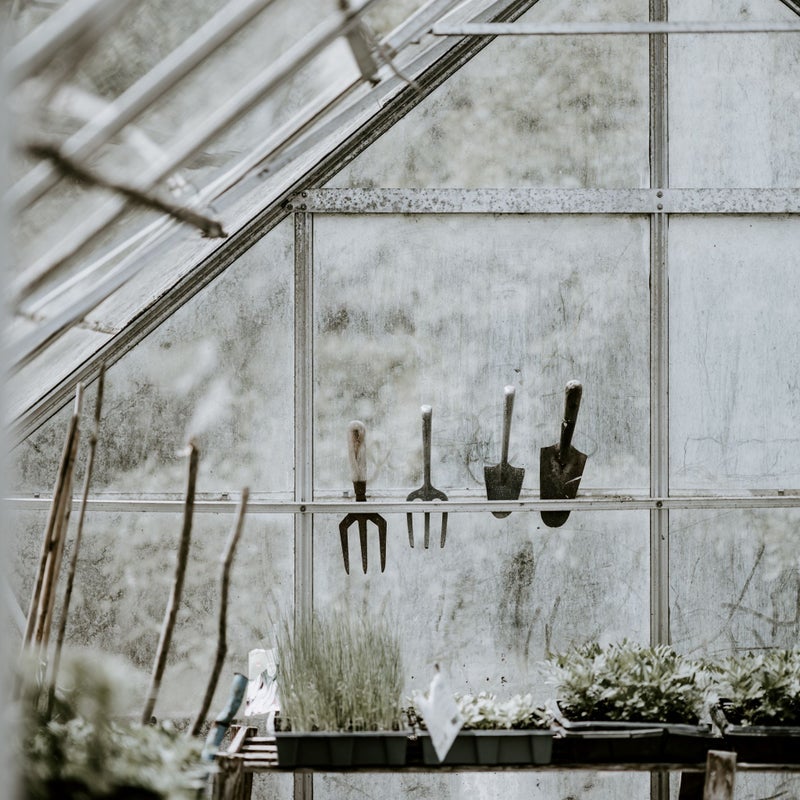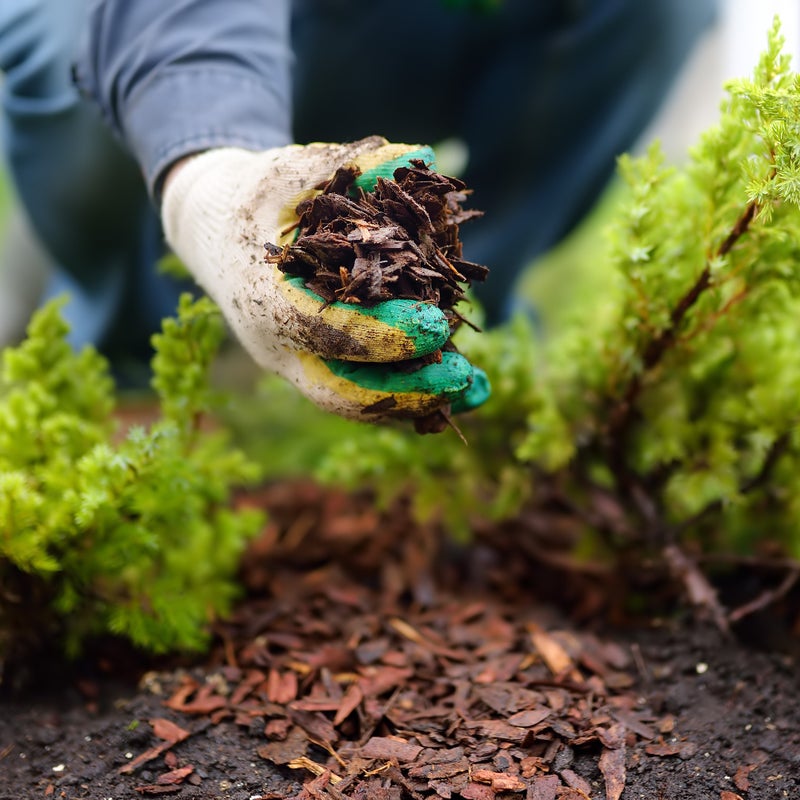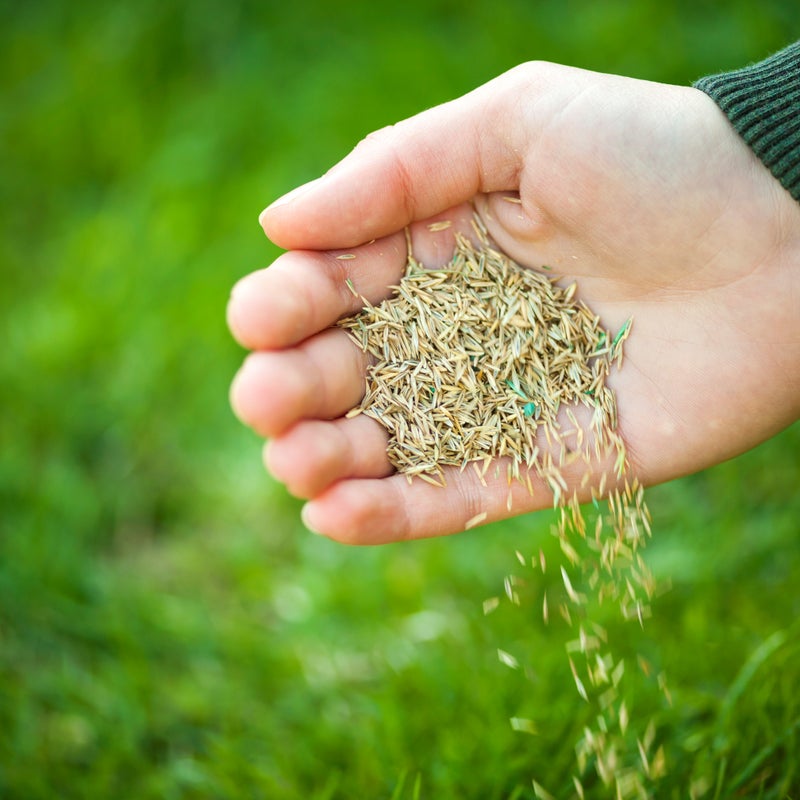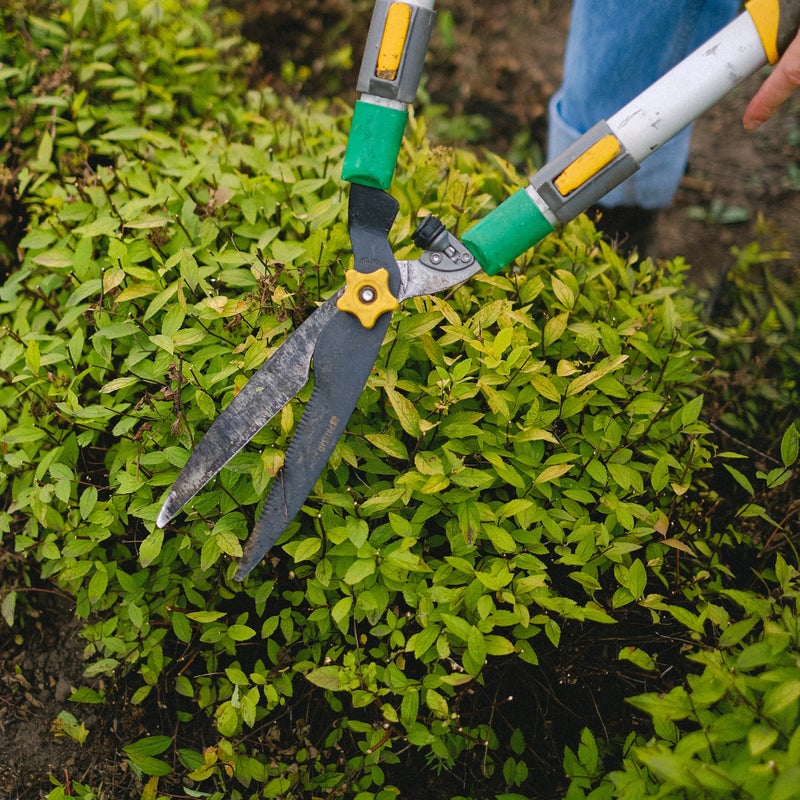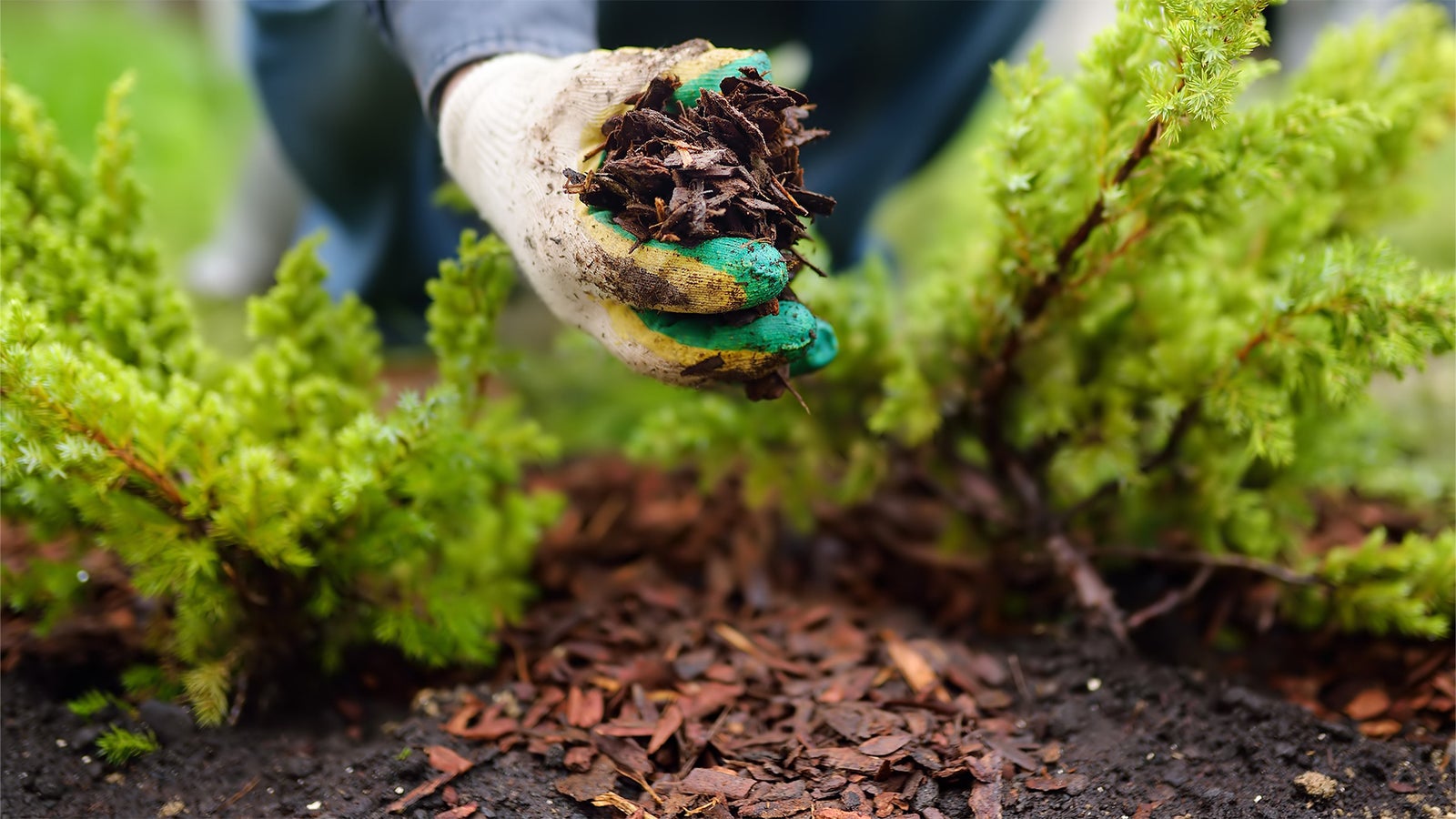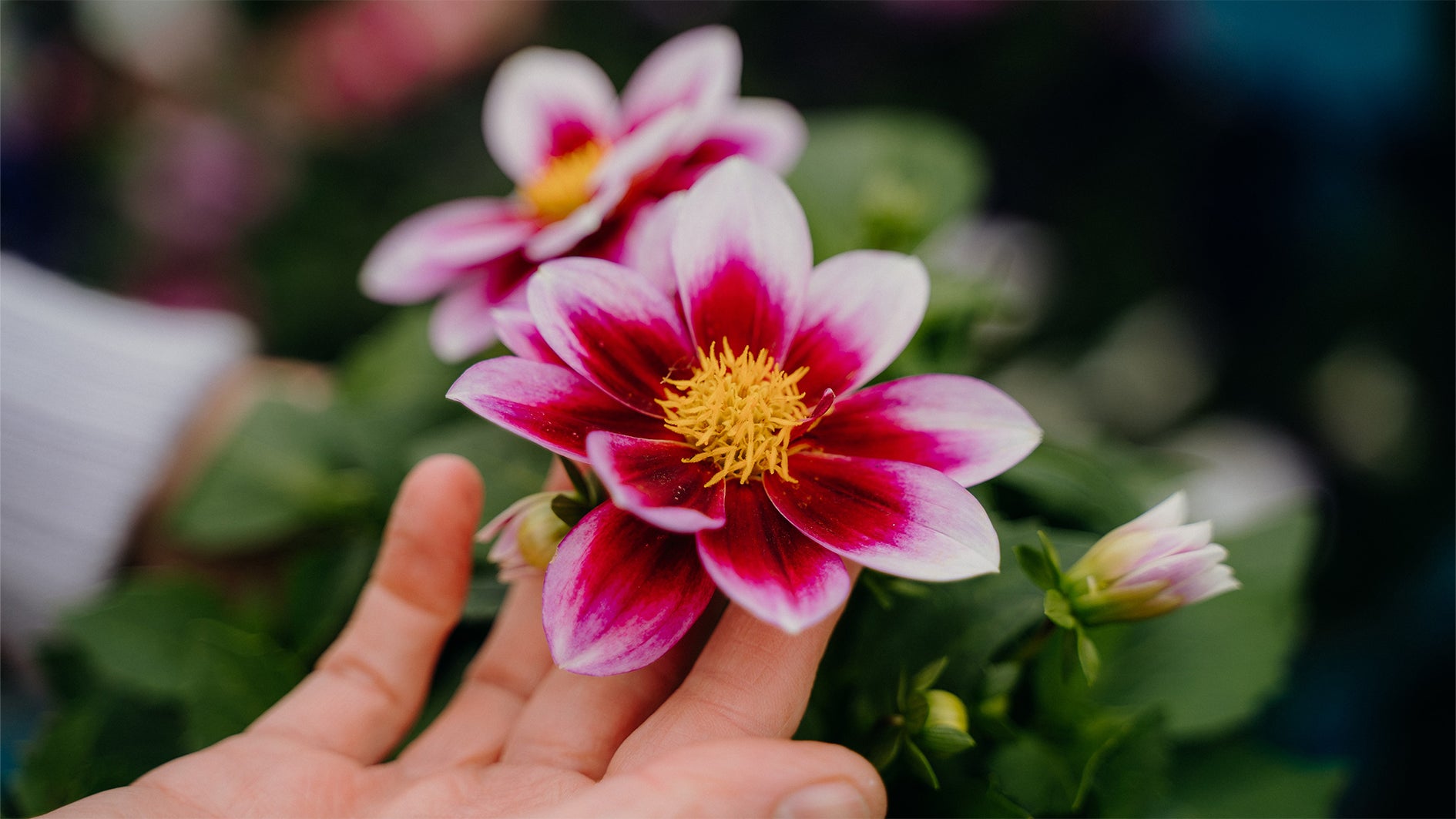
Dig into Spring
01 Sep, 2022
There are lots of benefits to starting early. The sooner you get your veggie garden up and running, the sooner you’ll have a mass of homegrown, deliciously nutritious veggies to eat. By starting now, you will save yourself time later, as your flowers and veggies will get a head start over the weeds on the precious real estate in your garden. Let’s dig right in!
Maintenance
There are plenty of garden maintenance tasks you can get started on to ensure your plants grow well this spring.
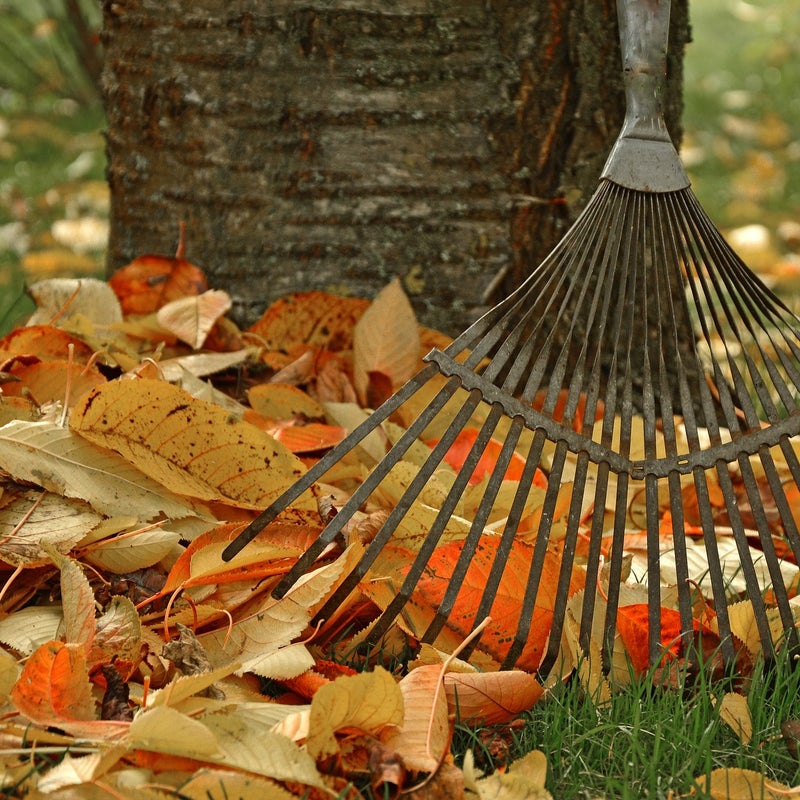
Garden Cleanup
Removing any dead vegetation from plants and trees can be a great start to rejuvenating your garden. Sweep up any fallen leaves that are still hanging around from autumn. They can be disposed of in your compost bin or piled up to make leaf mounds. After being left to decompose for a year, leaf mounds can be used as mulch, and dug into the soil for a boost in nutrients. When left for two years, they make a handy homemade potting mix.
Spring planting
Now is the time to start planting to ensure a bountiful harvest!
Here are our top 8 crops to get growing in spring:
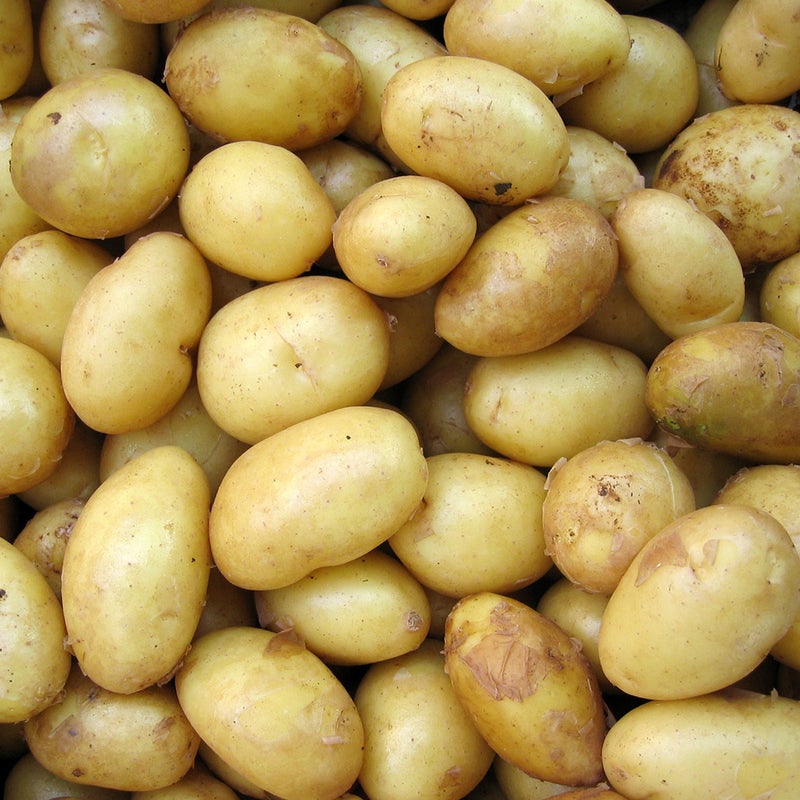
Potatoes
Get these in the ground now to enjoy homegrown potatoes on the Christmas lunch menu! Buying your potatoes early and letting them sprout for one month before planting (known as chitting) will help with quick growth when planted out into the garden. Make sure you choose a full-sun position with free-draining soil, rich in organic matter. To improve the organic matter in your soil, add sheep pellets and compost, or dig in some Tui Organic Veggie Mix. Plan where to create furrows in the soil to ensure there is enough drainage for the potatoes.
Learn More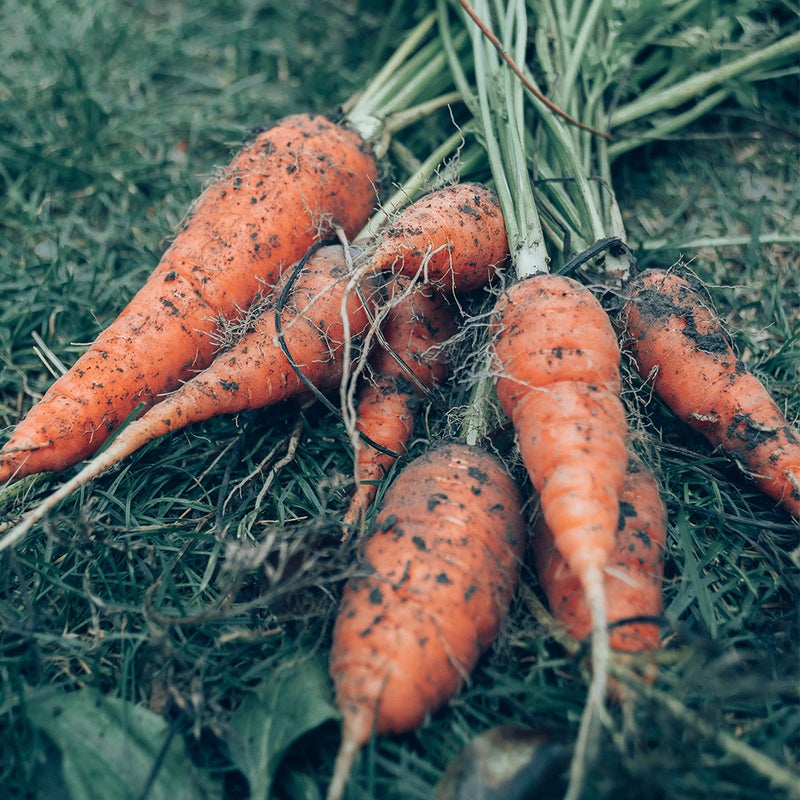
Carrots
Sow seed directly into garden beds in rows, leaving around 10–15cm between each row. As the seeds germinate, begin to slowly thin out the carrots over the next month or so. This gives you a steady supply of baby carrots, and as you remove them, you provide space for those remaining to fully mature. Eventually leave around 6–10cm between each carrot.
Learn More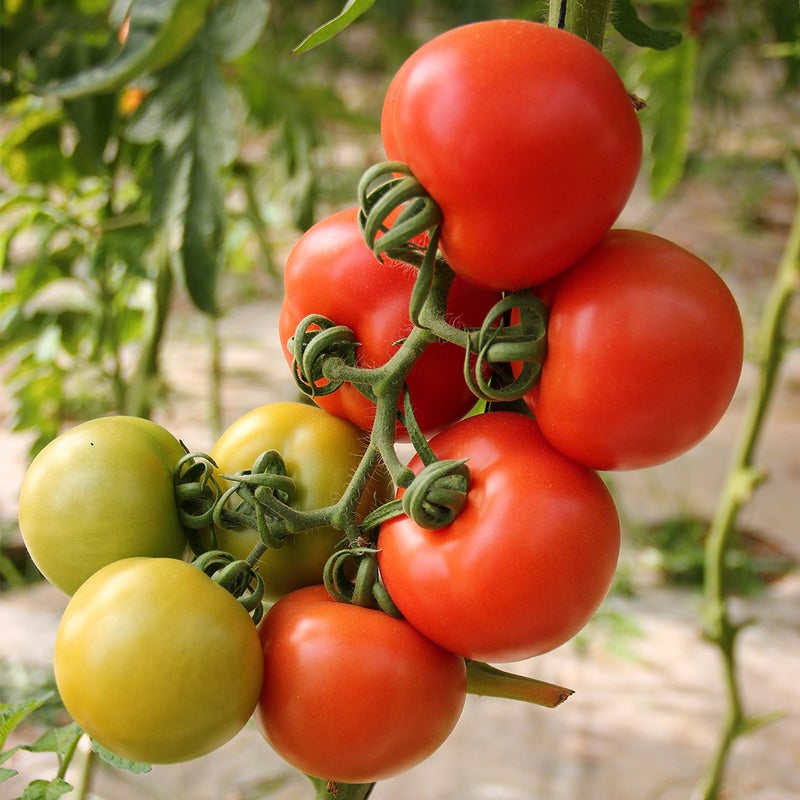
Tomatoes
Start sowing tomato seeds into seedling trays in early spring. Use seed raising mix and plant your seeds about 5cm apart, then gently spray the soil with water. Keep the seeds in a warm place until they germinate, then move them to a full sunny position when they start sprouting, making sure that the soil is slightly moist at all times. Once the plant has two to three pairs of true leaves, plant out into larger pots, or in the garden once temperatures have risen in mid-spring.
Learn More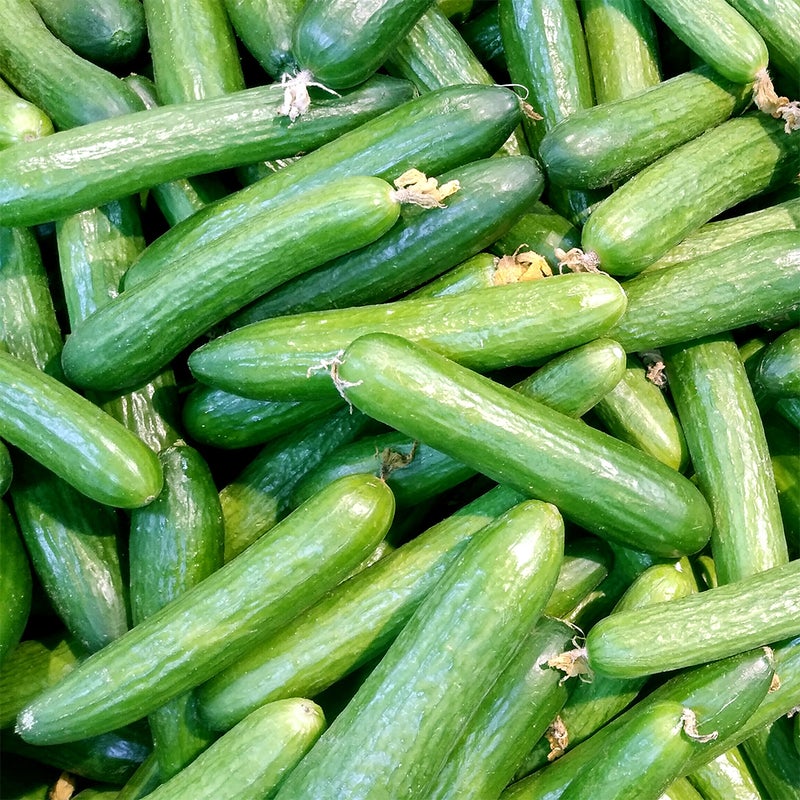
Cucumber
Start sowing seeds into seedling trays in early spring for refreshing cucumber salads come summer! Keep in a warm spot and keep the seed raising mix moist. Other vegetable seeds to sow now are silverbeet, beetroot, rocket, capsicum, coriander, pumpkin and courgette seeds.
Learn More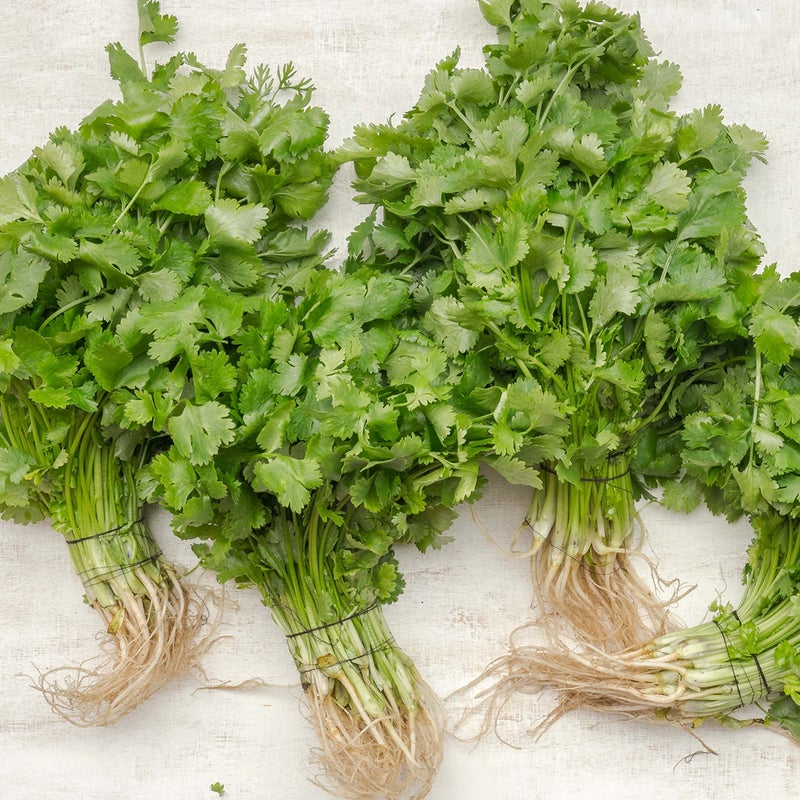
Herb Seedlings
Coriander and parsley seedlings can now be planted out into the garden, or into pots. Watch your coriander for signs of bolting when the hot weather comes and make sure it is watered and fed regularly to avoid this happening. Basil is best planted out in mid-spring once the threat of frost and cold snaps have passed. Collect the seeds at the end of the growing season to plant again next spring!
Learn More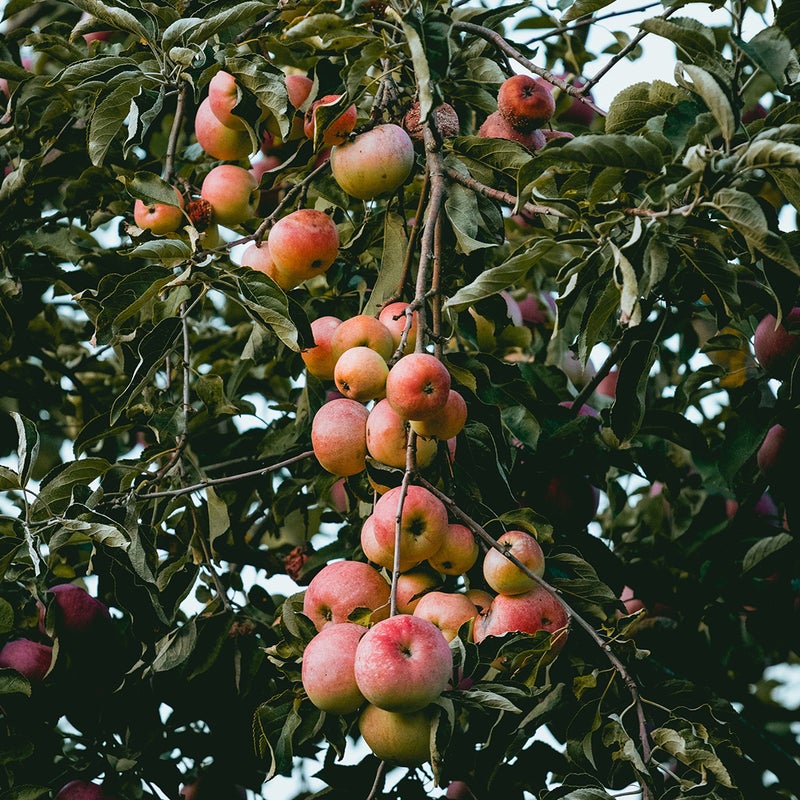
Deciduous Fruit and Citrus Trees
Plant plum, peach, nectarine, apple and pear and citrus trees now to get them settled in before summer.
Learn More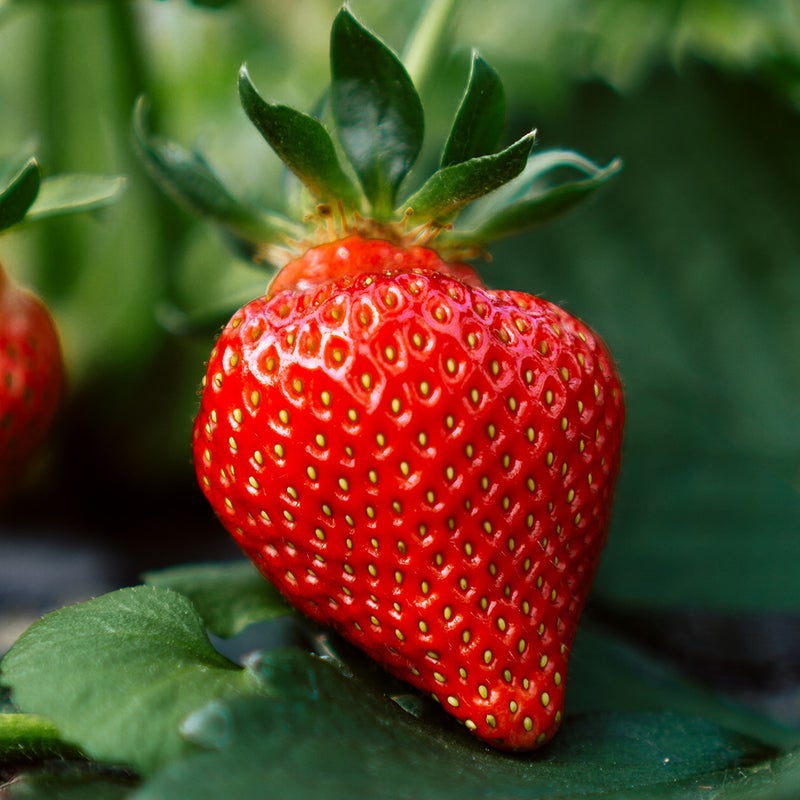
Strawberries
Plant strawberries now to ensure you have a bumper crop of ripe, juicy fruit to enjoy at summer barbecues. If you don't have a huge area available for a strawberry patch, here are some creative ideas for small-space planting and other tips for successful growing.
Learn More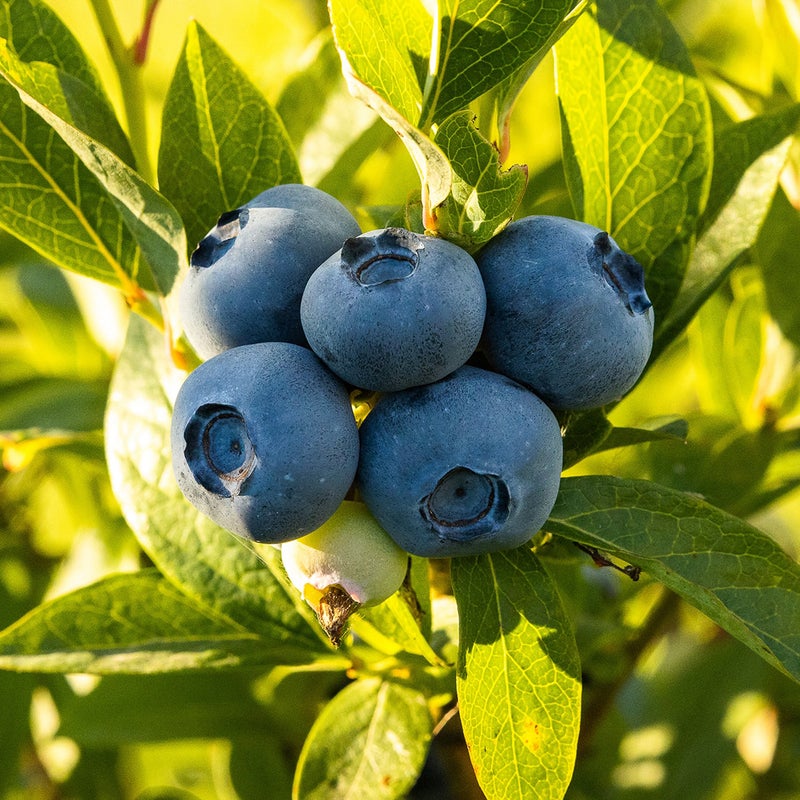
Blueberries
Blueberries are a classic favourite and are a great crop for children to help themselves to from the garden. They fruit better if you plant two different varieties (for pollination) and prefer acidic soil rich in organic matter. You can increase the quality of soil by adding compost and/or sheep pellets. Feed blueberries in spring (and again in summer) with Kings Blueberry food.
Learn MoreFlower Planting
Here are our top flowers to plant this spring:
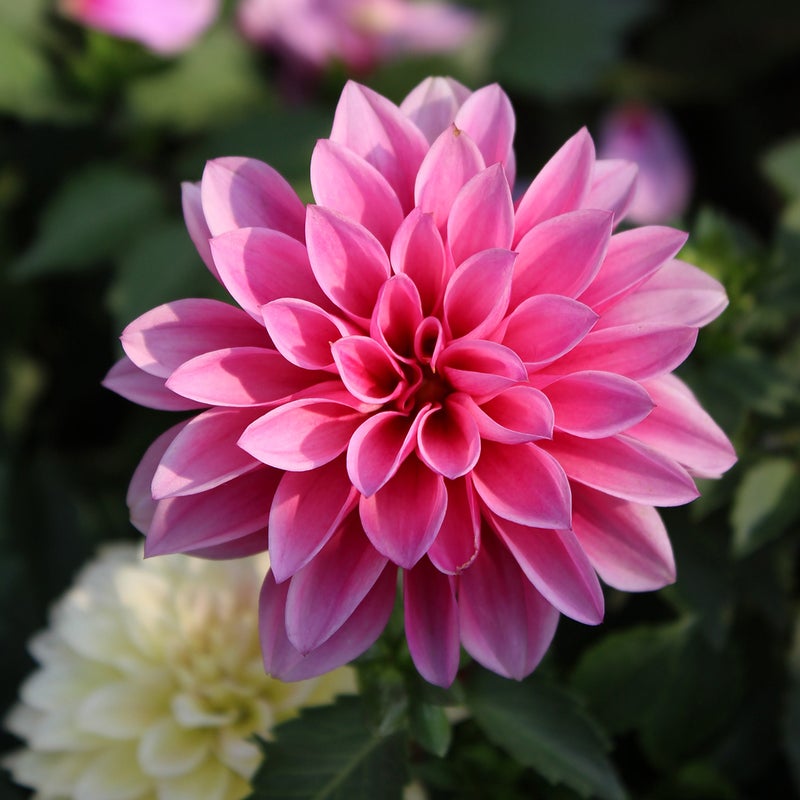
Dahlia
Dahlias are extremely popular for cut flowers. To plant dahlia tubers, choose an area protected from wind, with morning sun and afternoon shade and moist, well-draining, fertile soil. It is tradition to plant dahlias after Labour weekend in October. Other popular flowering plants to get in the ground now include gladioli and tuberous begonias.
Learn More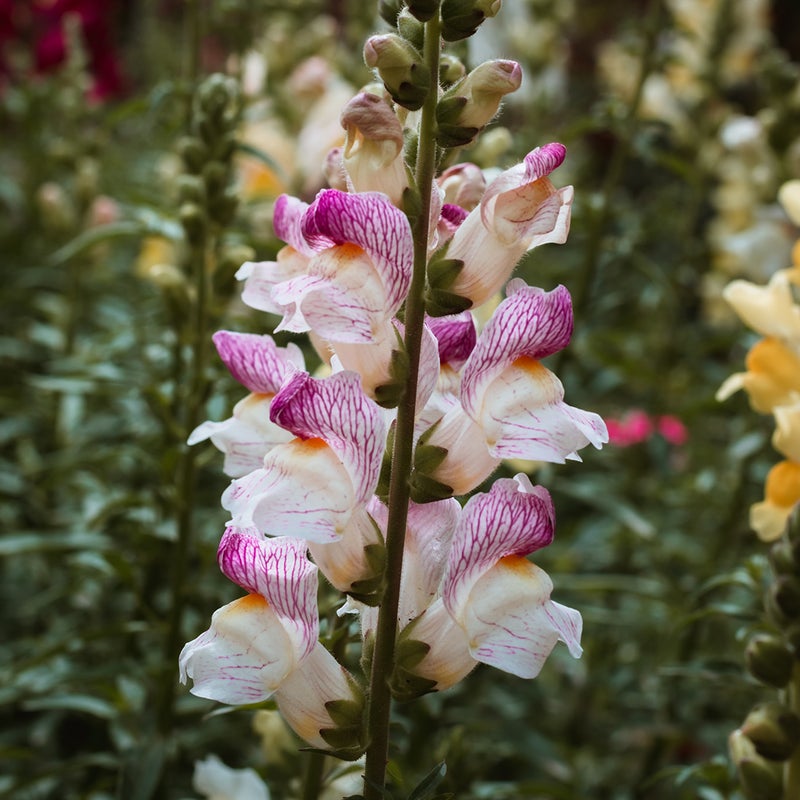
Bee-attracting flowers
Aside from looking gorgeous, many of these flowers are great for bees and beneficial predator insects (who will munch on pesky pests so that you don't have to). And some, like violas, borage and calendulas, can even be eaten in salads. Other plants and flowers that are great for beneficial insects include lavender, hyssop, thyme, rosemary, roses (simple ones with visible stamens are best), pansies, violas, calendula, alyssum, snapdragons, nemesia and lithodora. Get them in the ground now, so bees and other insects have plenty of reason to visit your garden come summer.
Learn More